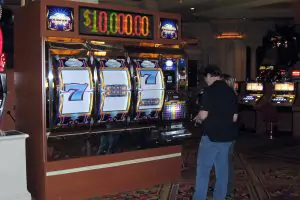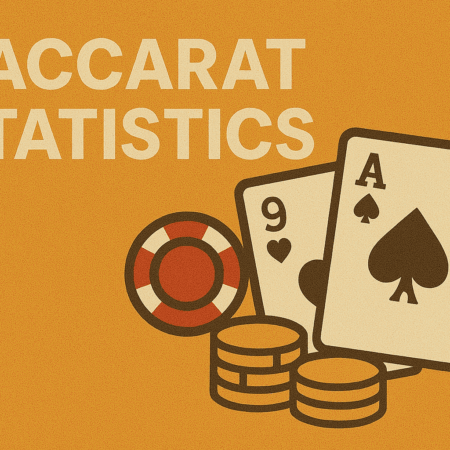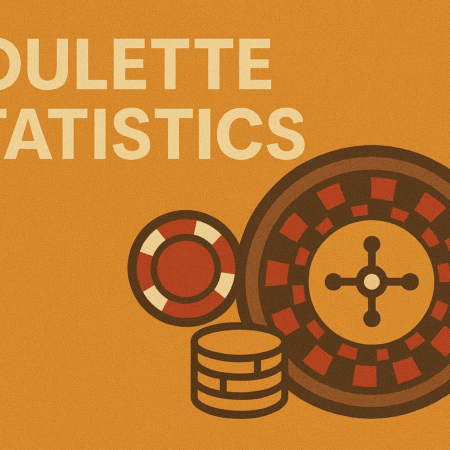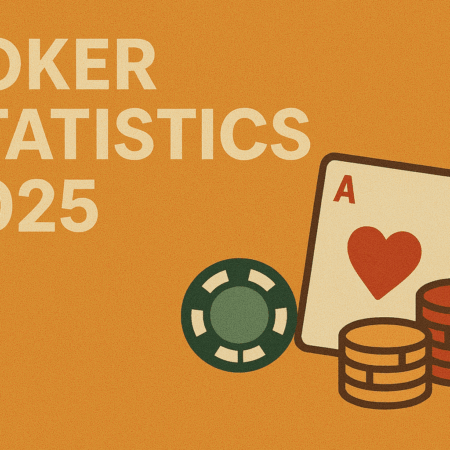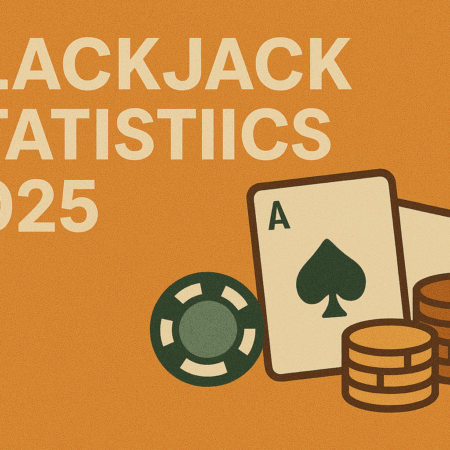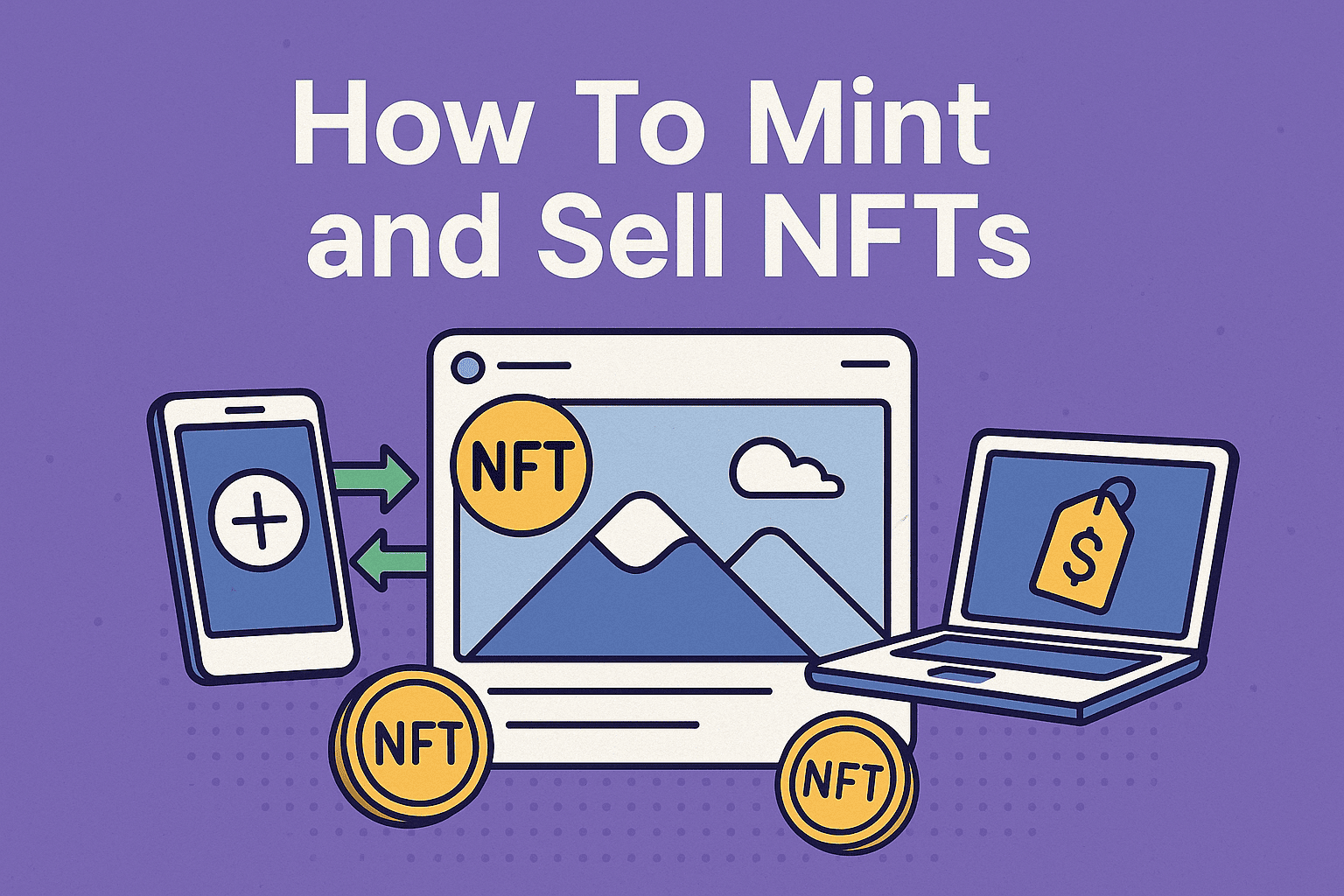
The NFT market has matured significantly since its initial boom in 2021. In 2025, creators now have more tools, platforms, and blockchains to choose from when it comes to minting and selling NFTs. Whether you’re a digital artist, musician, writer, or game developer, entering the NFT space is more accessible than ever—no technical knowledge required.
In this updated guide, we’ll walk you through how to mint and sell NFTs in 2025 using the most creator-friendly tools, while also providing best practices to help maximize your reach and revenue.
What Is NFT Minting?
NFT minting is the process of converting a digital file (image, audio, video, or text) into a non-fungible token (NFT) recorded on a blockchain. This token represents proof of ownership, authenticity, and scarcity.
Once minted, your NFT can be listed on marketplaces for sale or auction. You also retain control over royalties and metadata, which lets you earn from resales in perpetuity.
Step 1: Choose the Right Blockchain
In 2025, creators are no longer limited to Ethereum. While Ethereum remains dominant, other blockchains offer faster transactions, lower fees, or niche community support.
Top Blockchains for NFT Minting in 2025:
- Ethereum (ETH): Most widely supported. Gas fees are lower now due to scaling upgrades (Danksharding, L2s).
- Polygon (MATIC): Low fees and high compatibility with Ethereum.
- Solana (SOL): Fast, affordable, and popular in the gaming and art communities.
- Base (by Coinbase): Ideal for U.S. creators thanks to its easy fiat integration.
- Zora: Fully decentralized protocol focused on creator ownership.
💡 Tip: Pick a chain based on your audience and the marketplace you want to sell on.
Step 2: Create Your Digital Asset
Your NFT can be:
- A digital painting
- A short video or animation
- Music or spoken word
- A 3D object or avatar
- A written work like a zine, poem, or essay
Ensure the file is high-resolution and in a widely supported format like JPG, PNG, MP4, MP3, or PDF.
Step 3: Select a Minting Platform or Tool
You don’t need to code to mint an NFT anymore. These platforms simplify the process:
No-Code NFT Minting Tools:
- OpenSea Studio – Upload, mint, and list in one place. Great for Ethereum and Polygon.
- Zora – Free minting on the Zora Network. Ideal for experimental and limited-edition drops.
- Manifold Studio – Gives creators smart contract ownership. Best for advanced users with custom needs.
- Fair.xyz – Great for high-volume creators looking for launch support.
- Rarible – Supports multiple chains including Tezos, Polygon, and Ethereum.
Each platform allows you to set royalties, metadata, unlockable content, and more.
Step 4: Set Royalties and Metadata
Royalties: Most minting tools let you choose a royalty percentage (e.g., 5–10%) that you earn on every resale.
Metadata: This includes the NFT’s name, description, and properties. Metadata helps buyers understand what they’re getting—and helps your NFT rank in search results.
Unlockable Content: You can attach special content that only the NFT owner can access. This can be:
- High-res versions
- Source files
- Bonus tracks
- Exclusive community invites
Step 5: Mint Your NFT
Once everything’s set:
- Connect your crypto wallet (e.g., MetaMask, Phantom, or Coinbase Wallet)
- Approve the minting transaction
- Wait for the blockchain to confirm it (a few seconds to minutes depending on the network)
Congrats—your NFT is live on-chain!
Step 6: List Your NFT for Sale
After minting, you can list your NFT on a marketplace. You can sell via:
- Fixed price (Buy Now)
- Auction (Bidding for a time window)
- Declining price (Dutch Auction)
Top Marketplaces to Sell NFTs in 2025:
- OpenSea: Still the largest, now supports Base and Zora.
- Magic Eden: Cross-chain with strong Solana and Ethereum support.
- Rarible: Multi-chain and supports royalties and DAO integrations.
- Foundation: Curation-heavy and best for high-end art.
- Zora Marketplace: Gasless minting with artist-first tooling.
Set a fair price, add tags/keywords, and promote your drop!
Step 7: Promote Your NFT Drop
Your success doesn’t just depend on minting—it’s also about marketing. Use the following tactics:
- Build in public on Twitter/X, Threads, or Farcaster
- Post behind-the-scenes content on Instagram or TikTok
- Use Discord communities and Telegram groups
- Submit to NFT calendars (e.g., NFTcalendar.io)
- Collaborate with other creators or DAOs
🧠 Pro Tip: Use email newsletters or Substack to build a long-term collector base.
Best Practices for Selling NFTs in 2025
- Do research on gas fees: Use L2s or chains like Base or Polygon for lower costs.
- Verify your contract and asset links: Broken metadata is a turnoff for collectors.
- Use your own smart contract (if possible): Gives long-term control and ownership.
- Avoid spammy mints: Focus on quality, not quantity.
- Be transparent with collectors: Roadmaps, utility, and intent matter.
Common Mistakes to Avoid
- Minting on the wrong chain for your audience
- Overpricing your first NFT drop
- Not adding meaningful metadata
- Ignoring community feedback or outreach
- Forgetting to promote outside the NFT space
Future Trends in NFT Minting
- Dynamic NFTs: NFTs that evolve based on user behavior, time, or input
- AI-generated assets: Tools like Midjourney, Sora, and RunwayML are being integrated
- Token-gated experiences: More creators use NFTs for exclusive content, event access, or fan clubs
- Multichain metadata and portability: NFTs that exist across chains (e.g., Wormhole, LayerZero bridges)
FAQ: Minting and Selling NFTs in 2025
Q1: Do I need to know how to code to mint an NFT?
A: Not at all. No-code tools like OpenSea Studio, Zora, and Manifold make it easy to mint NFTs with just a few clicks.
Q2: What wallet should I use to mint NFTs?
A: MetaMask is the most popular for Ethereum-based NFTs. Phantom is best for Solana. For Base, use Coinbase Wallet.
Q3: How much does it cost to mint an NFT?
A: Costs vary by blockchain. On Ethereum, minting could cost $5–$30 in gas fees. On Polygon, Base, or Zora, it’s often free or just a few cents.
Q4: What is the best platform to sell NFTs in 2025?
A: OpenSea remains the largest, but Zora is preferred for experimental and creator-owned collections. Magic Eden is great for cross-chain selling.
Q5: How do royalties work with NFTs?
A: When you set a royalty (e.g., 10%), you earn that percentage every time your NFT is resold—if the platform enforces it. Some chains now support royalty enforcement at the protocol level.
Q6: Can I mint NFTs with AI-generated content?
A: Yes, many creators use tools like DALL·E, Midjourney, and Runway to create assets. Just make sure you have rights to the generated output.
Q7: Are NFTs still profitable in 2025?
A: Yes, but only for creators offering real value—art, utility, community, or storytelling. Quick cash grabs don’t work anymore.
Conclusion
Minting and selling NFTs in 2025 is easier, cheaper, and more rewarding than ever—especially for creators who treat it as more than a trend. With the rise of better tools, community platforms, and cross-chain support, you can turn your digital creativity into verifiable, ownable assets for a global audience.
Whether you’re launching a 1/1 artwork, music album, or community pass, following the right steps will give your NFT drop a strong foundation—and long-term potential.

 Canada
Canada Deutsch
Deutsch Español
Español Português
Português